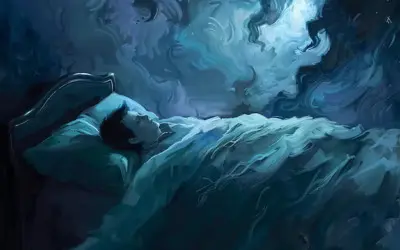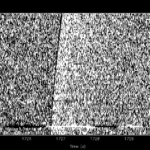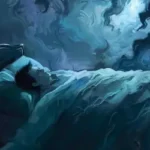
Trapped Between Sleep and Wakefulness: The Terrifying Truth About Sleep Paralysis
Imagine waking up unable to move, breathe, or speak—yet fully aware of your surroundings. A dark figure looms nearby. You try to scream, but nothing comes out. This isn’t a horror film. It’s a real phenomenon known as sleep paralysis.
What Is Sleep Paralysis?
Sleep paralysis is a temporary condition where a person becomes conscious before their body “wakes up” from REM sleep—the stage in which vivid dreams occur.
During REM, your muscles are paralyzed to prevent you from acting out your dreams. But sometimes the brain wakes up early, leaving you trapped between dreaming and consciousness.
Many people experience:
- Pressure on the chest
- Whispering or humming sounds
- A presence in the room
- Shadowy figures standing nearby
These sensations feel terrifyingly real—but they are hallucinations created by a brain in panic mode.
How Common Is It?
According to The Sleep Foundation, up to 20% of people will experience sleep paralysis at least once.
It’s more frequent among individuals who:
- Suffer from sleep deprivation
- Have anxiety, PTSD, or narcolepsy
- Work night shifts or travel across time zones
- Sleep on their back
Why It Feels Supernatural
For centuries, cultures have explained sleep paralysis as:
- Demonic possession (e.g., succubi, incubi)
- Alien abduction
- Ghostly attacks
Even today, many people first describe the experience as “evil,” “spiritual,” or “otherworldly.”
But neurologists explain it as the brain misinterpreting incomplete sensory signals while the body remains immobile.
This painting by Henry Fuseli, The Nightmare, became iconic for capturing the eerie feel of such episodes—long before the term ”sleep paralysis” existed.
Can You Prevent It?
Yes. While it’s harmless, sleep paralysis can be intensely disturbing. Prevention is focused on improving sleep hygiene:
🛏️ Stick to a regular sleep schedule
⛔ Avoid sleeping on your back
💧 Limit caffeine and alcohol before bed
🧘 Practice stress reduction (meditation, breathing exercises)
🌙 Create a cool, dark, quiet sleep environment
The more you understand it, the less power it has over you.
Why It’s Still a Mystery
While science has explained most of the mechanics behind sleep paralysis, why hallucinations are so consistent across cultures remains unclear.
Why do people on different continents see the same shadows, feel the same pressure, or hear the same whispers?
Some researchers suggest it’s an ancient evolutionary response. Others still wonder: could there be something more?









